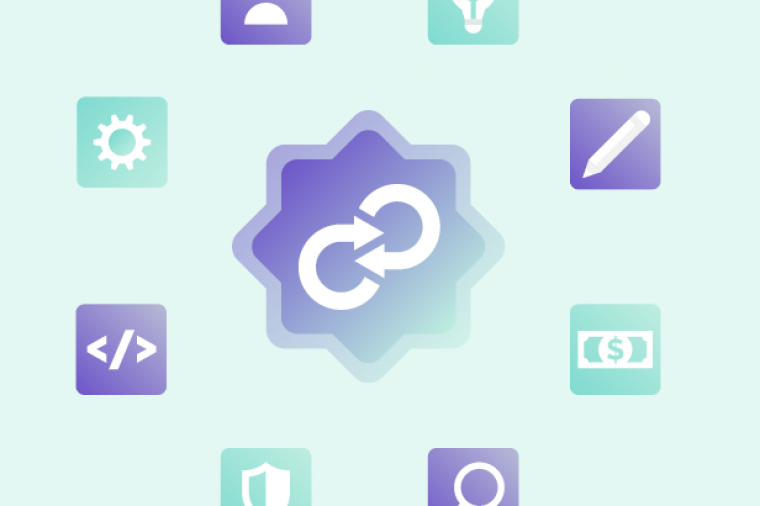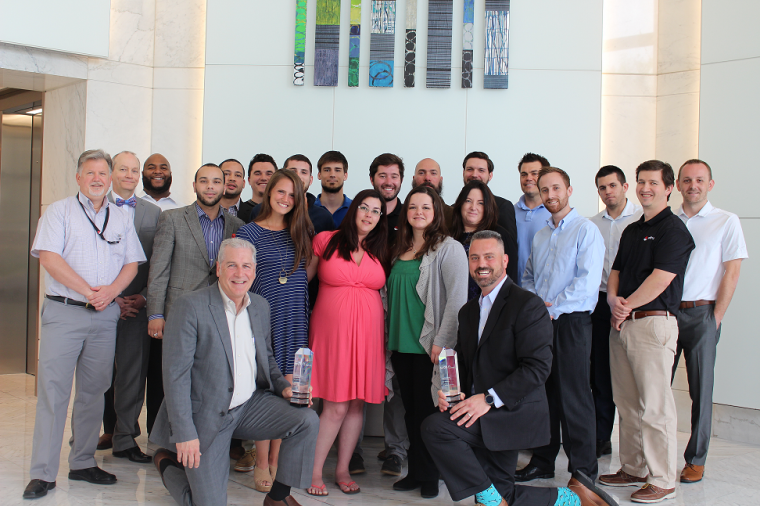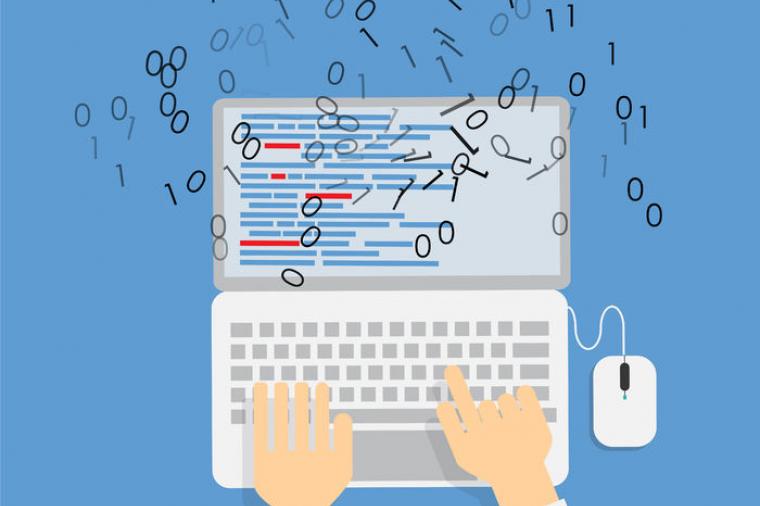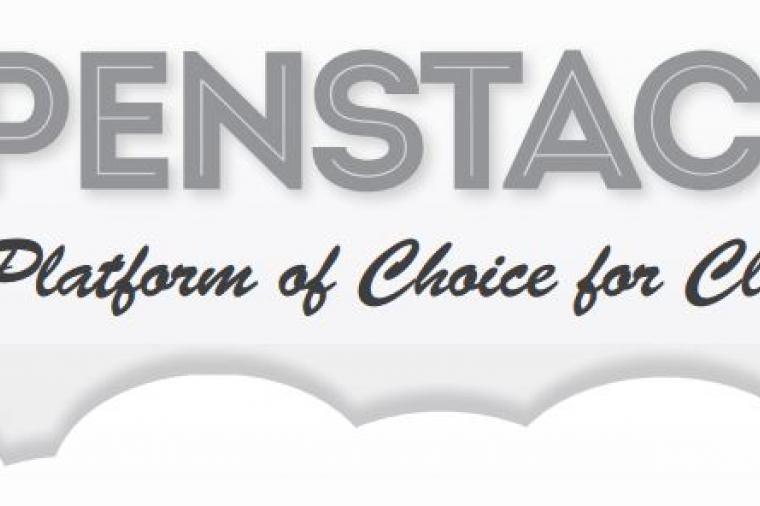
2016 is/was the year Gartner predicted that DevOps would go mainstream. But a big challenge for government IT operations is how teams can modernize software development while still operating their traditional apps and infrastructure. After all, according to federal CIO Tony Scott, the U.S. government spends 76% of its $88 billion IT budget on operating and maintaining legacy technologies – that’s three times what is spent on modern systems.
The truth is that DevOps and agile methodologies can be successfully applied to legacy environments. Just because something is legacy doesn’t mean it’s outdated or irrelevant. Legacy doesn’t always mean “negative.” Furthermore, many legacy systems are new deployments, on modern hardware and operating systems.
Start with the Infrastructure
Applying DevOps to legacy systems starts with the infrastructure, writes DLT partner, Ansible by Red Hat, in How to Do DevOps without Leaving Legacy Behind. It doesn’t matter what your IT environment looks like, there are likely commonalities in the OS and infrastructure components. However, many of the legacy OS build and management processes are highly manual, repetitive, and hugely dependent on the skills of the admin. Then, other teams get involved – security teams validate the correct baselines have been applied – even before the application delivery team gets involved. The more teams that touch the process, the longer it takes and the more errors are introduced.
But if you were to automate this build and configuration process you could repeatedly deploy OS images on-demand, then easily manage them, and then create new ones so that systems always look the same. Once this process is automated, rolling them out to other teams is trivial. Development, testing, and QA teams can always trust that they’re working with the proper base configuration while they’re building apps. Automation can also help ensure that these systems also meet baseline requirements throughout their lifecycle, without configuration drift. By creating and applying a continuous deployment methodology to the OS environment the server delivery process is also expedited and manual processes reduced.
By using Ansible as the automation tool, the same playbooks used to build systems can be deployed to ensure that current systems meet the correct specs.
Automation is at the Heart of DevOps
IT automation can streamline communications across teams, and aid in collaboration and the reuse of people, processes, and (often) technology. With automation, comes repeatability. Whatever process you’ve laid out can be met end-to-end every time and when it’s not, the reasons why will be very clear – making troubleshooting, deployment and literally everything in the stack easier.
Ansible Tower by Red Hat is the only automation engine that gives teams the power to scale IT automation, manage complex deployments and speed productivity. But it’s also the only tool that allows your entire IT organization, regardless of their responsibilities, to speak in a way that is both human and machine readable.
Learn More
To learn more about why it’s important to start IT automation and build a continuous delivery platform at the infrastructure level check out this on-demand webinar: How to Implement Agile/DevOps without Leaving Legacy Behind or check out the presentation on SlideShare.














